News
Introducing the Vianney Halter La Resonance
News
Introducing the Vianney Halter La Resonance
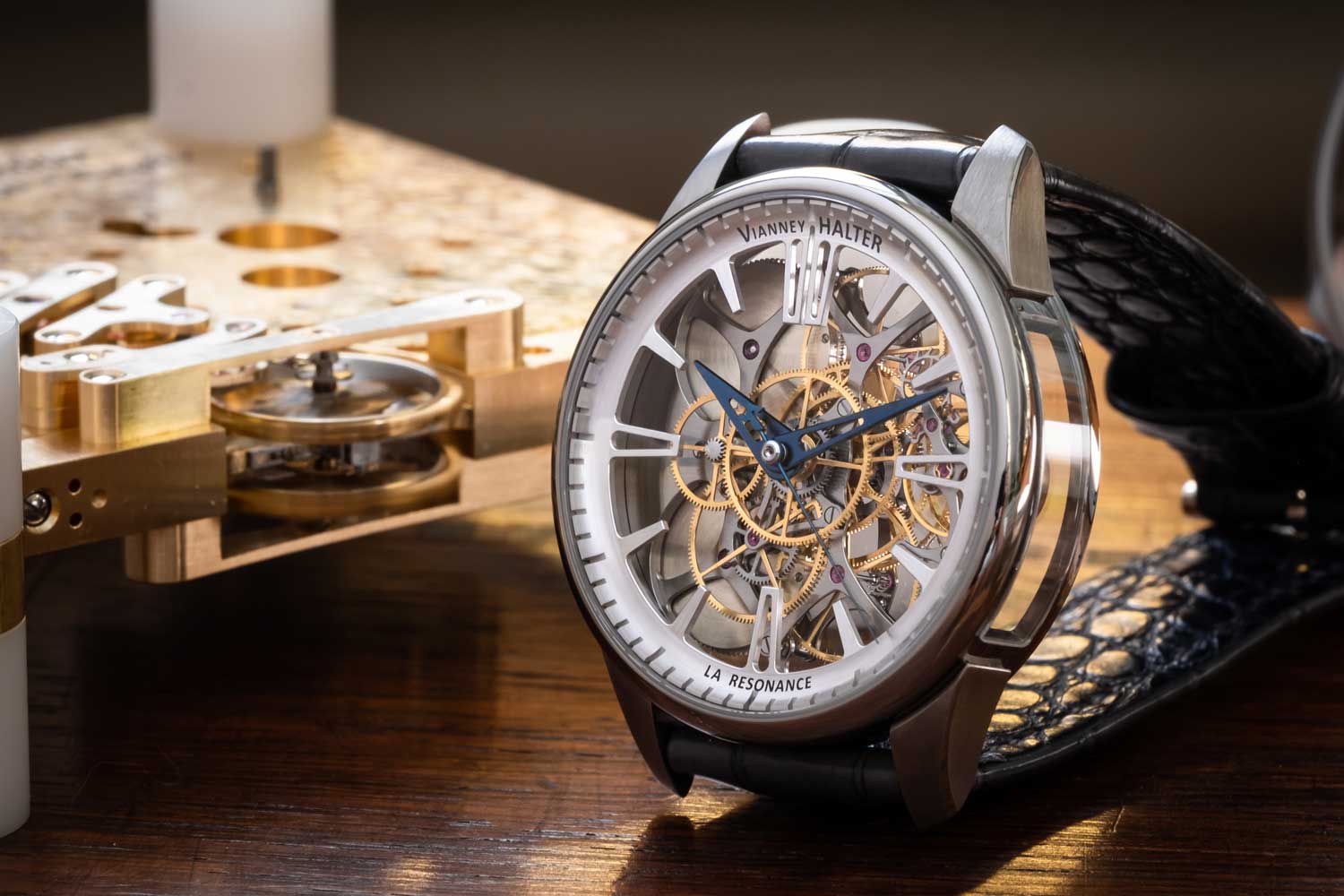
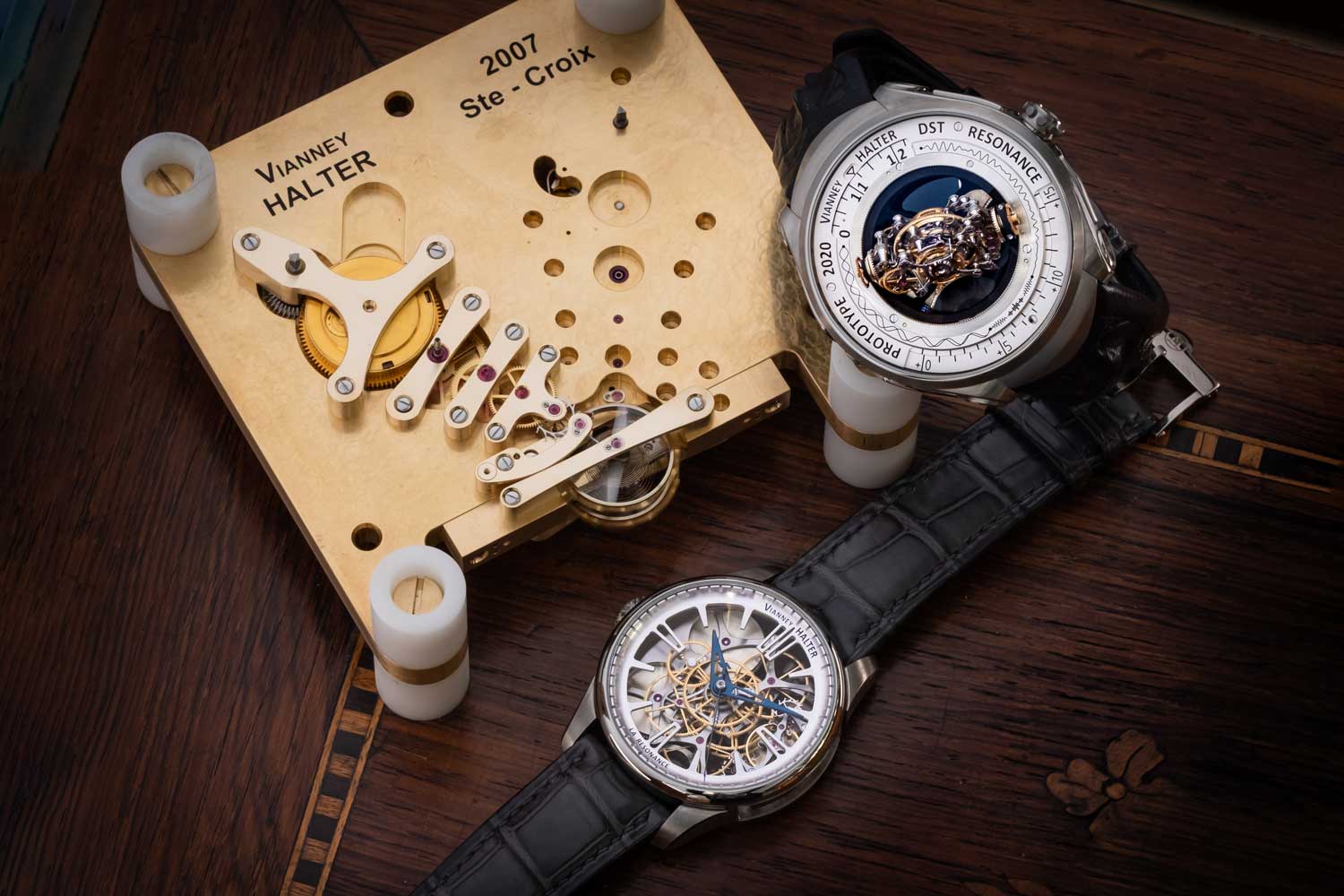
A Novel Architecture
One of the most immediately striking qualities of the watch is its highly visible movement, aided in part by an openworked dial and a unibody case with a large sapphire window along its flanks. The crown has been relegated to the nine o’clock position, allowing the right side of the case band to be fitted with a sapphire crystal for the double balances to be admired in motion.
The movement itself has an unconventional construction. It was designed without a base plate. This flies in the face of almost every other resonance watch in the market in which a shared base plate is a prerequisite for resonance to occur. The gears in La Resonance are instead held in place by 13 lean titanium bridges and 30 pillars, leaving the entire layout of the going train in plain sight. This creates the effect of weightlessness, which is bolstered by a lightweight titanium case that measures 39mm wide and 11mm high. The gears including the motion works are magnificently large, which in addition to providing smoother transmission, offers an expansive view that invites inquiry.
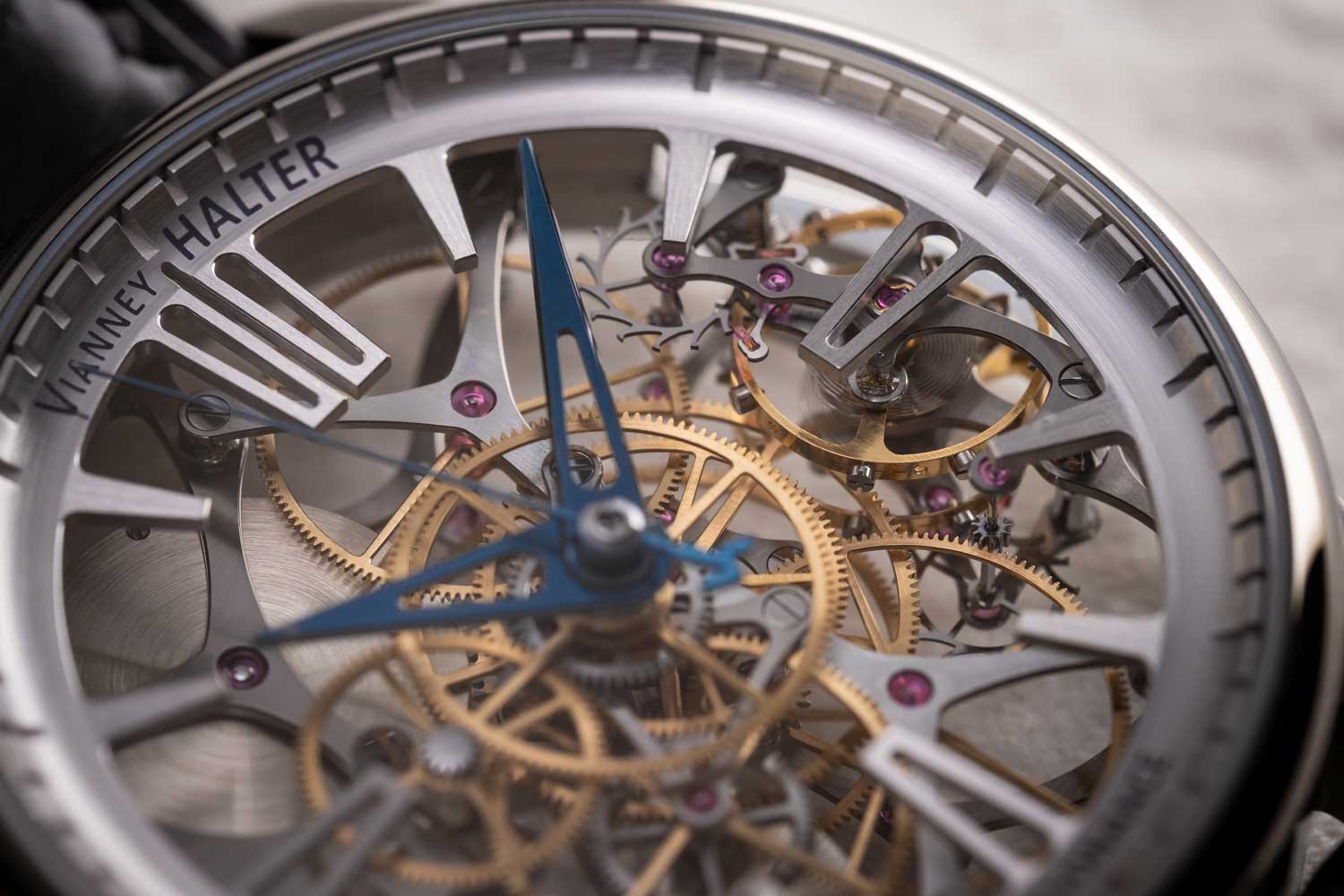
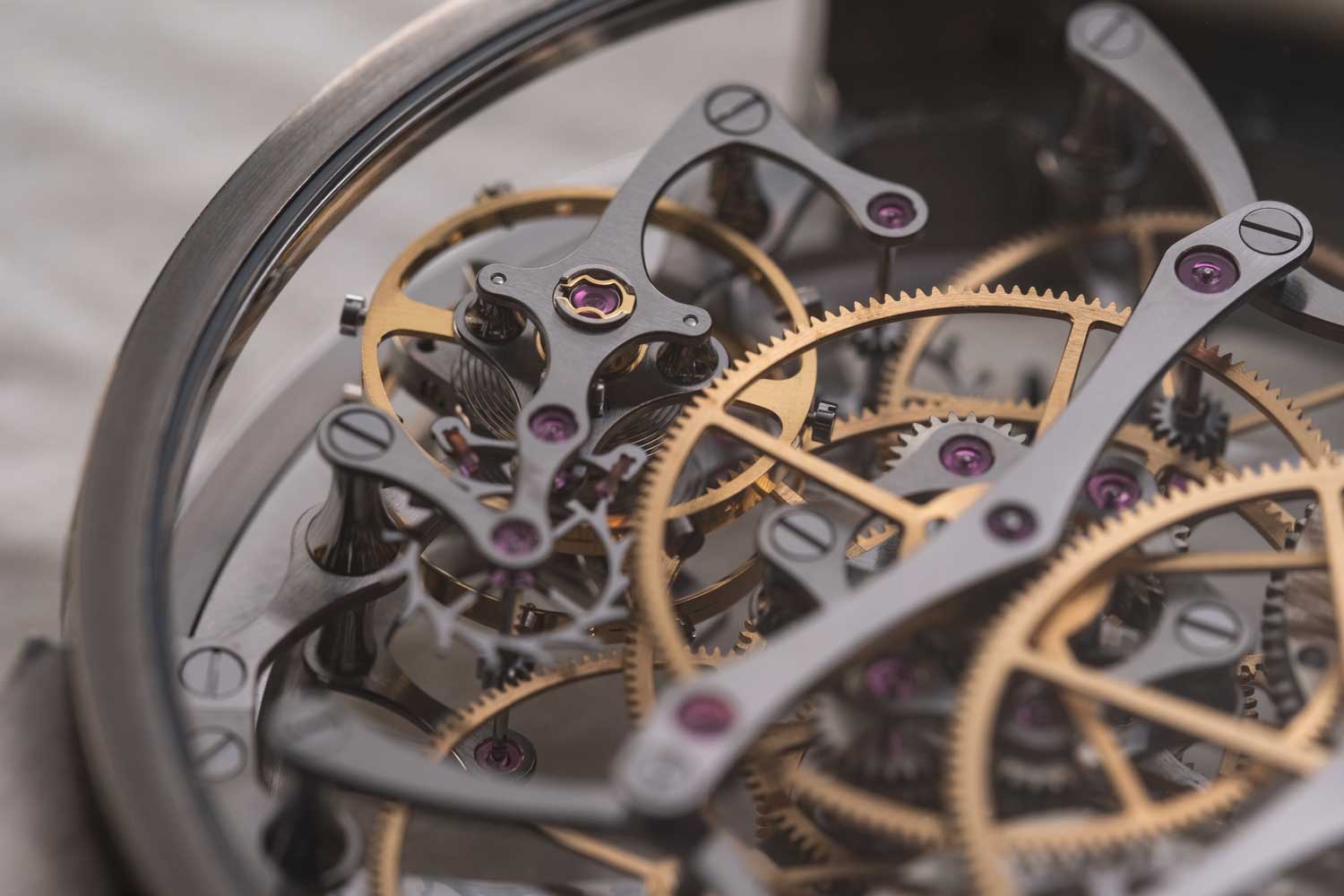
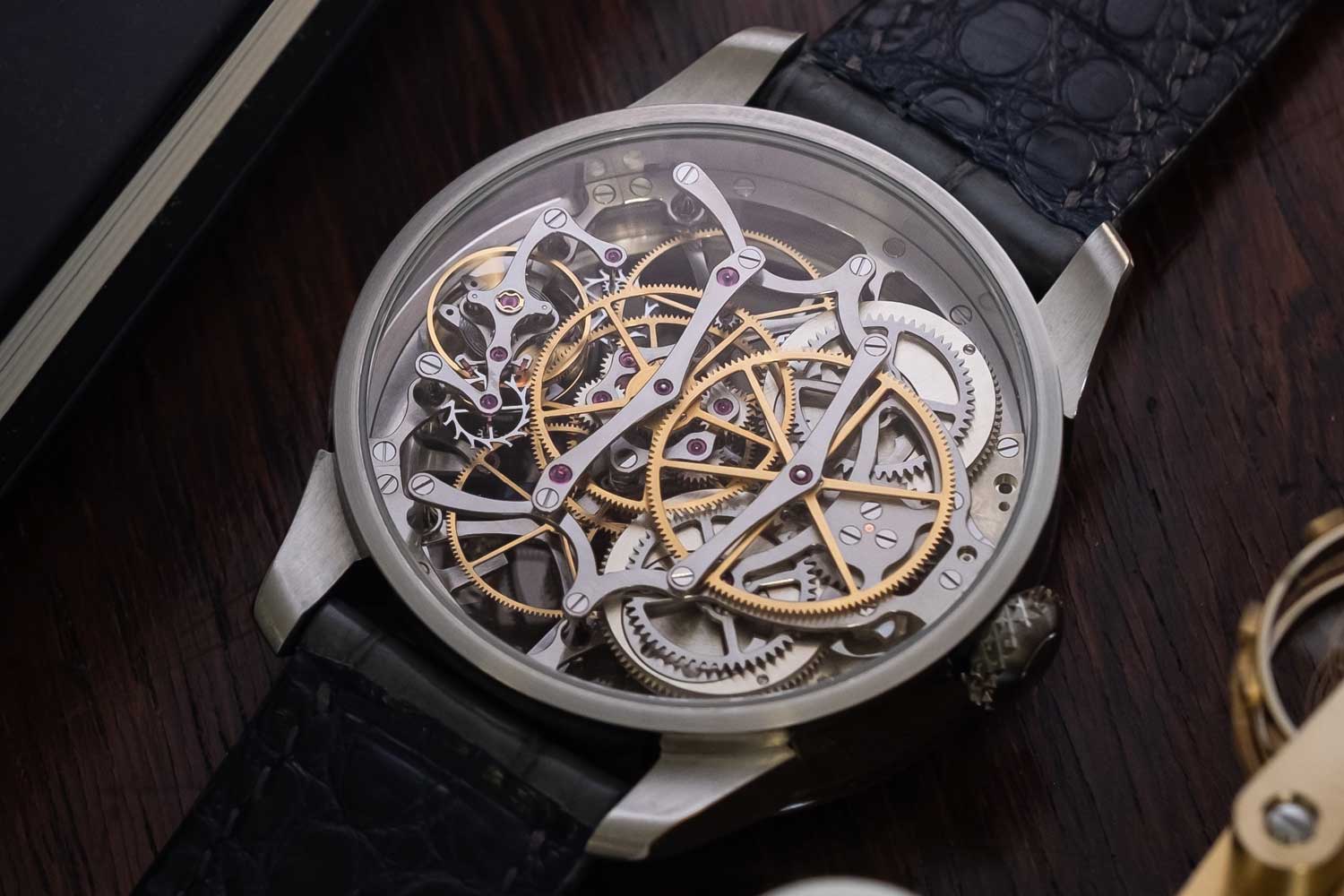
Sandwiched between two large third wheels is the differential, which is made up of a system of planetary gears consisting 55 parts. A gear above the differential transmits the equalised force to a pair of auxiliary wheels which in turn drives the seconds hand of the watch in the middle. At the same time, each third wheel transmits the output produced by the differential to the respective fourth wheels, ensuring that the balances keep pace relative to each other and are poised for synchronization.
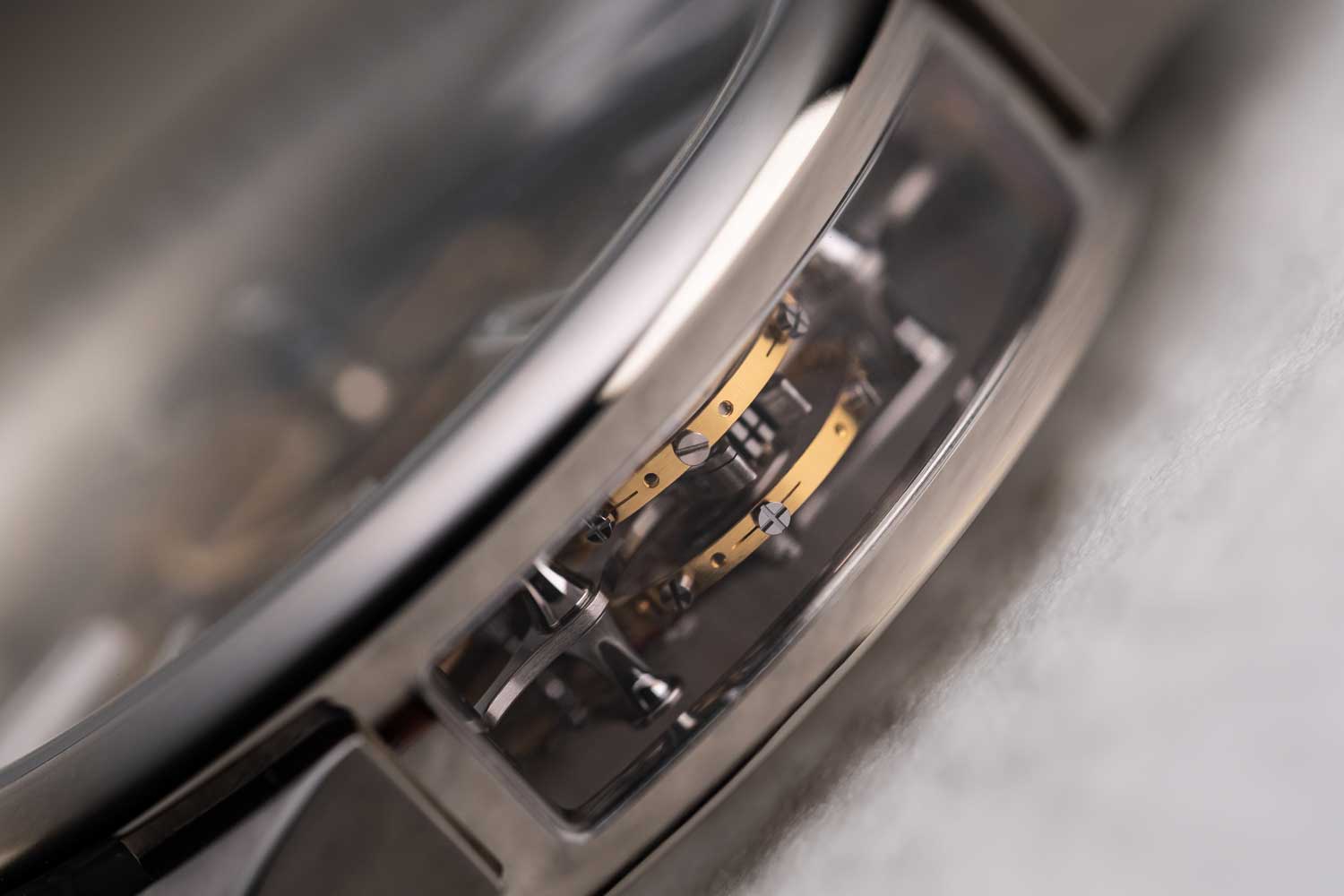
The Pursuit of Resonance
The basis for the pursuit of resonance in watches is relatively straightforward. When the vibrations of two balance wheels sync up, any deviations in rate one accrues tends to be cancelled out by the other, thereby producing an averaged, more stable rate than either one can achieve in isolation. However, in practice, this is a lot harder to achieve as the synchronicity of two oscillators is dependent on proximity and the transfer of vibrations from the hairspring to the cock to the shared main plate – a process that can be influenced by myriad factors. The rates of two balances, for instance, needs to be adjusted as close to each other as possible while being free sprung, as having an index regulator reduces the effect of the vibration transmitted from the hairspring to the cock and main plate.
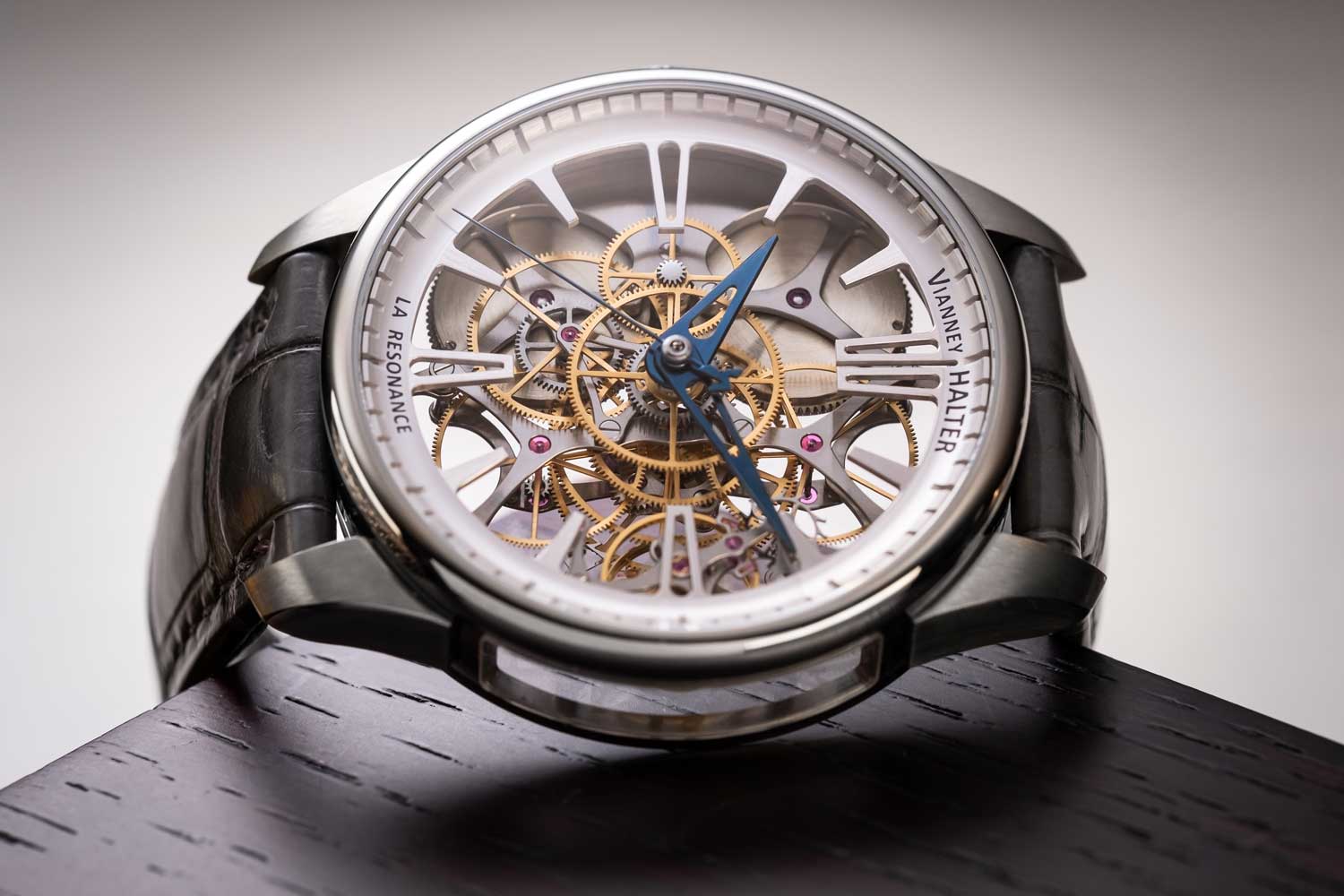
The very first wristwatch to achieve a resonance effect was the F.P. Journe Chronomètre à Résonance, launched in 2000. The watch was built based on Breguet’s findings and relied on the transfer of vibrations from the balances to the cocks to the main plate. Since then, a handful of other resonance watches has been introduced in the market, most notably Armin Strom. The brand has gone a step further in enhancing the coupling forces between both balances by introducing a patented clutch spring that connects both hairsprings directly, effectively inducing the phenomenon.
While the Vianney Halter La Resonance was built without a main plate, the balances are mounted in a co-axial configuration with a shared bridge connecting them directly. On top of that, both hairsprings share a common stud holder to strengthen the transfer of vibrations. As the hairspring winds and unwinds, a small amount of vibrational energy is transmitted from one stud to the next, directly influencing each other. Both solutions are convincingly reliable methods to improve pairing forces and ensure that resonance takes place fluidly. When in unison, the two balances can oscillate in the same or opposite direction depending on the position of the escapement when the watch is started.
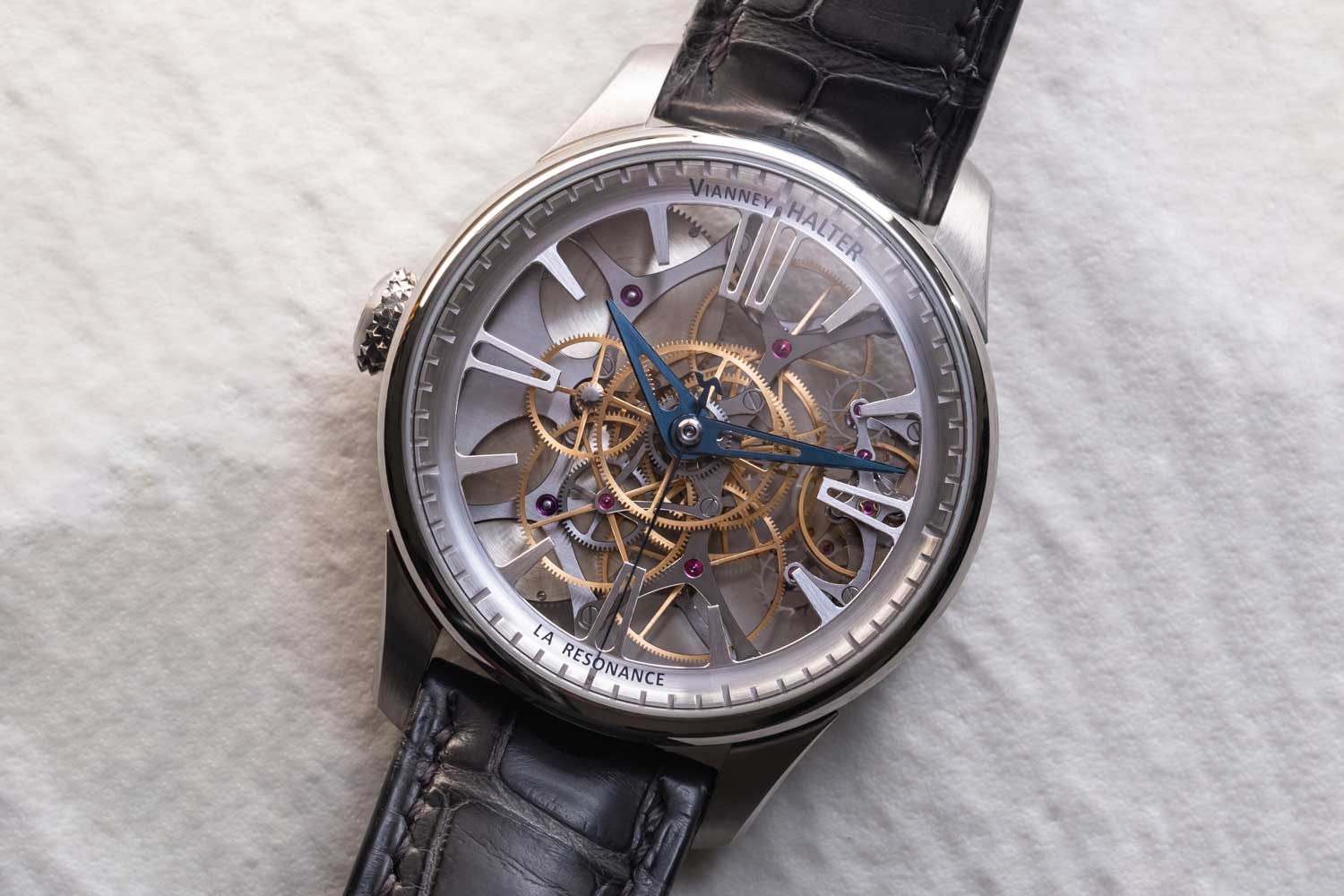
IMHO
The lightweight design of the watch – from the case to the architecture of the movement to the outsized wheels – is extremely compelling in conception, execution and effect, as are the technical solutions to improving resonance.
At 235,000 CHF, the Vianney Halter La Resonance is double the price of the F.P. Journe Chronomètre à Résonance and the equivalent from Armin Strom. With that said, the movement is complex in both construction and finish. In fact, its architecture is particularly unique for a resonance watch, which in turn results in the theoretically superior solution of having a shared balance platform bridge and stud holder to enhance the phenomenon of resonance.
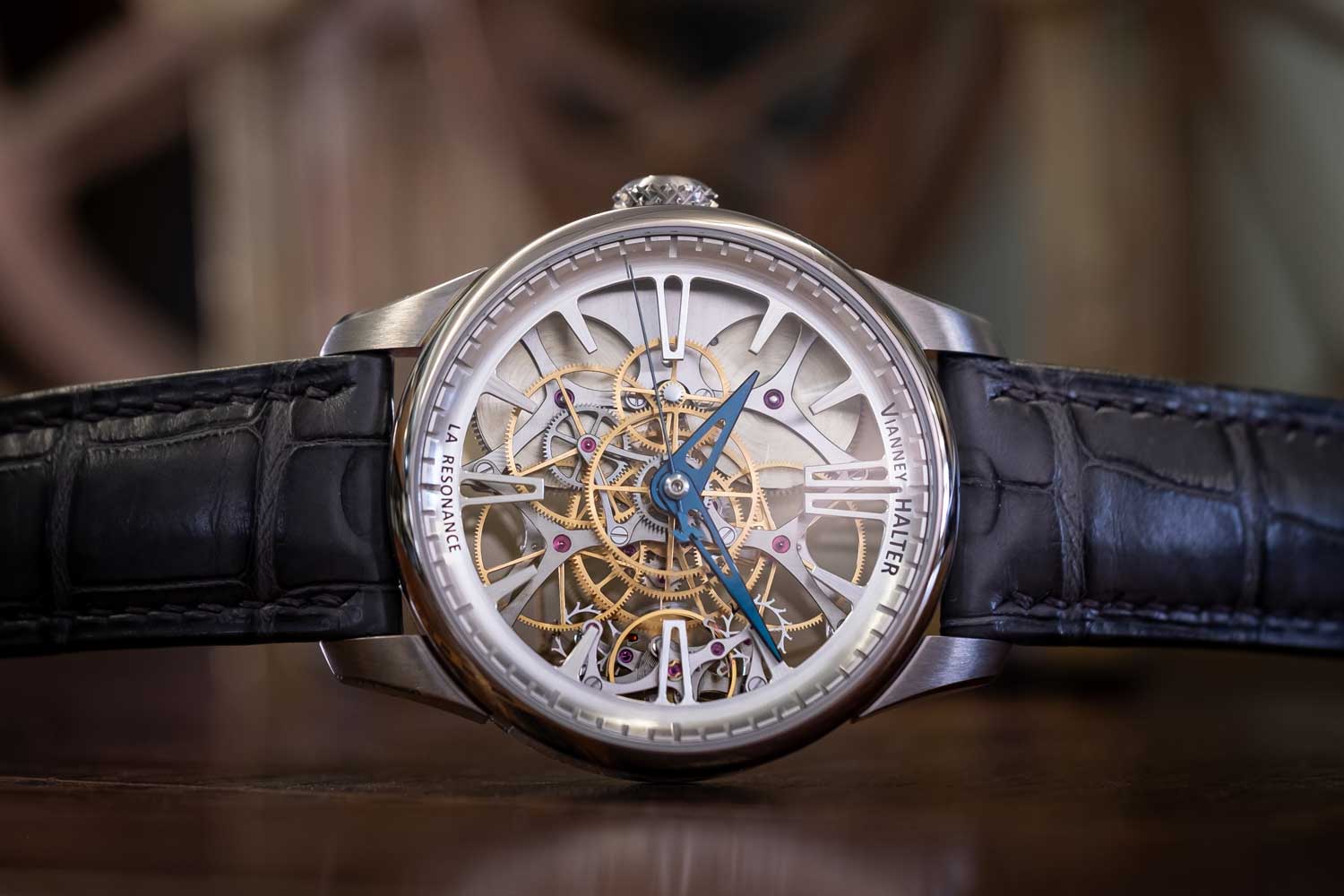
Tech Specs
Vianney Halter La Resonance
Movement: Manual-winding with two barrels; 100-hour power reserve; 3 Hz (21,600 vph)
Functions: Hours, minutes, central seconds; acoustic resonance
Case: 39mm by 11mm; Titanium with sapphire window; Water-resistant to 30m
Strap: Crocodile with titanium folding clasp
Weight: 35g
Price: 235,000 CHF
Availability: 7 pieces per year










